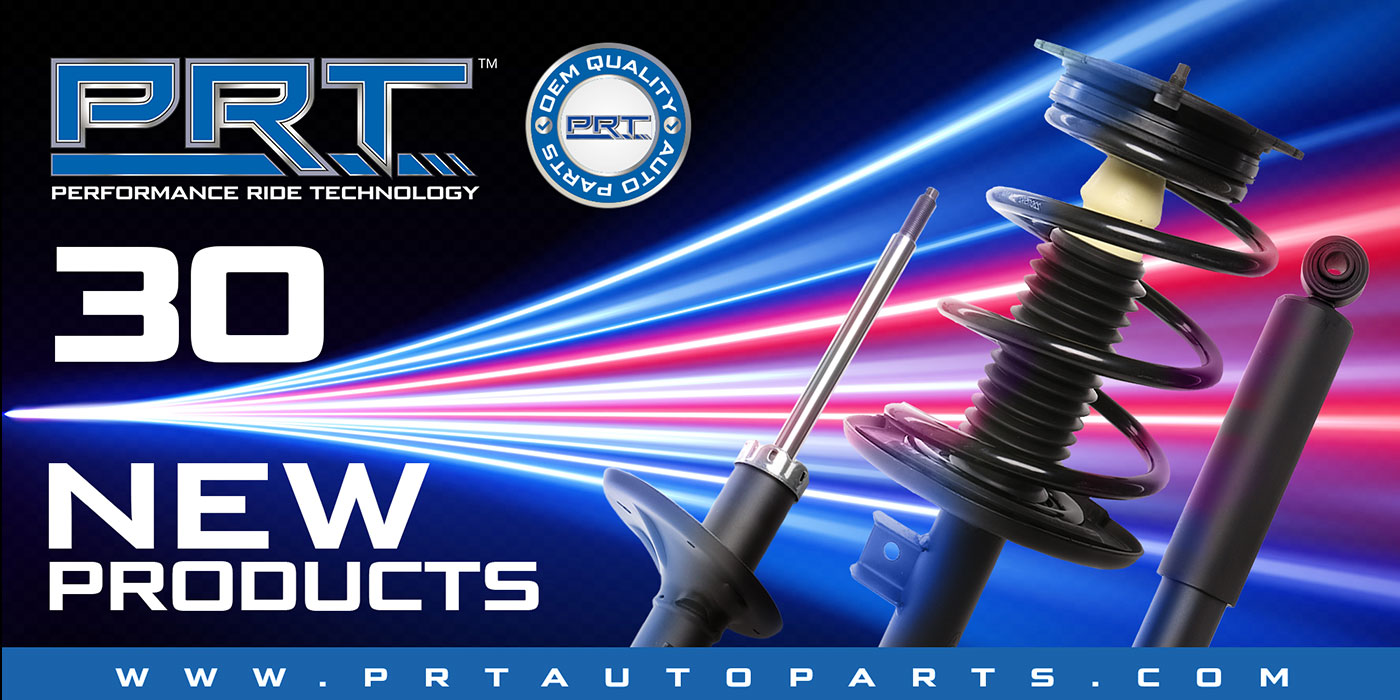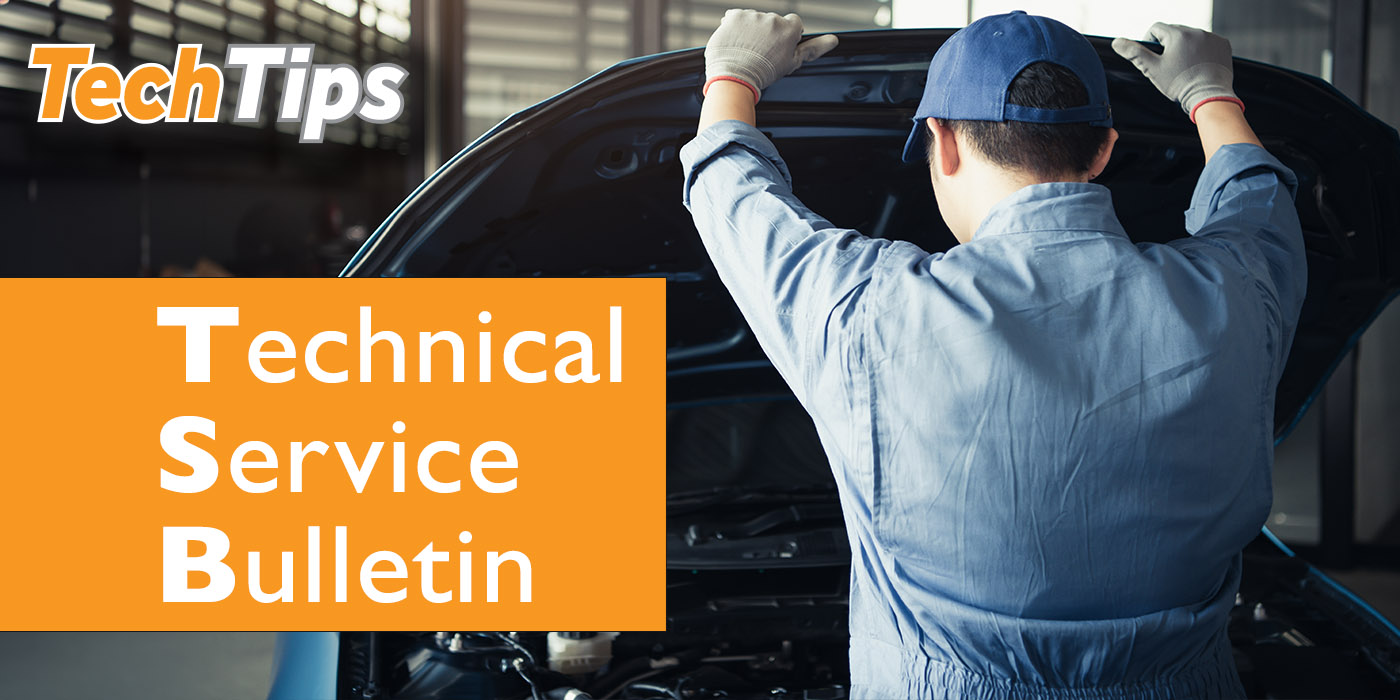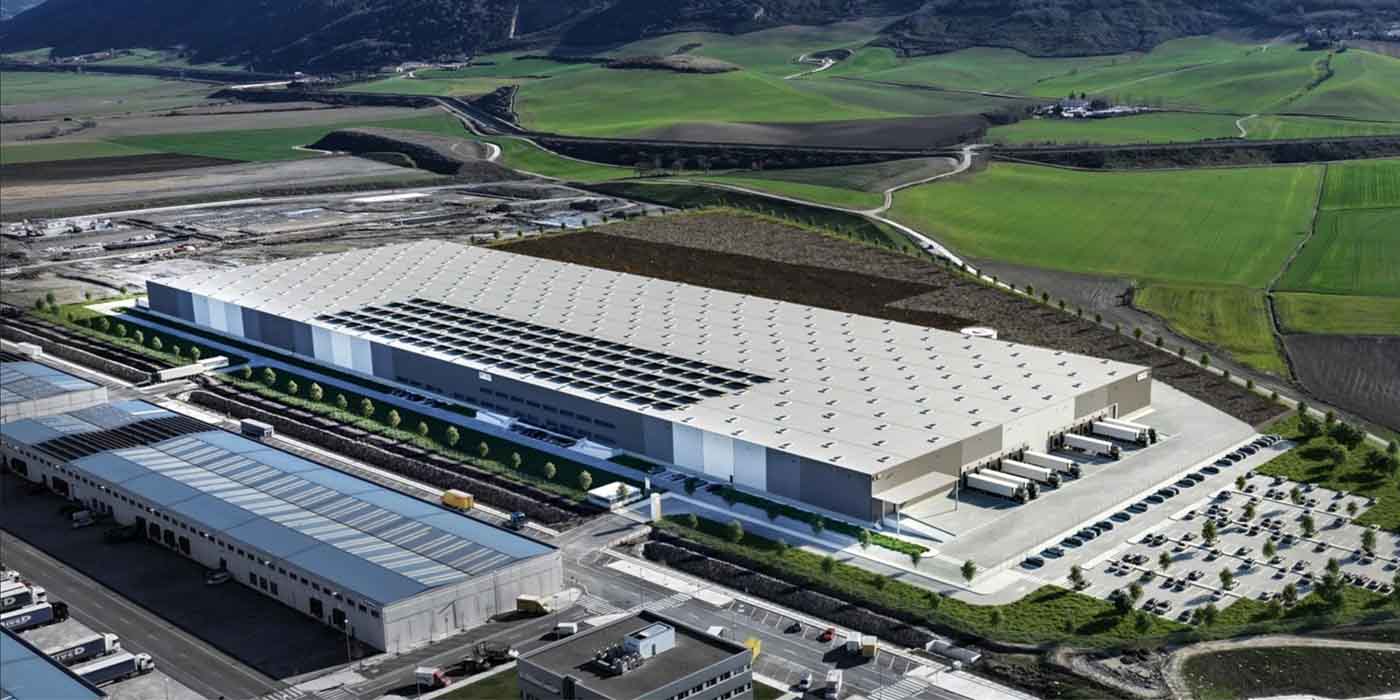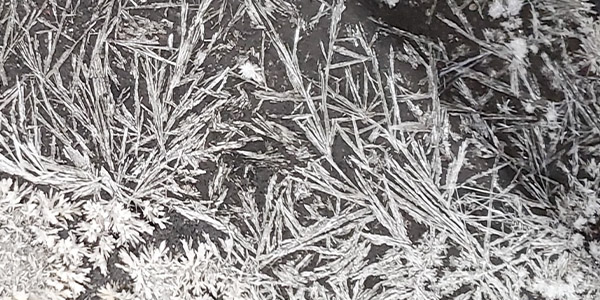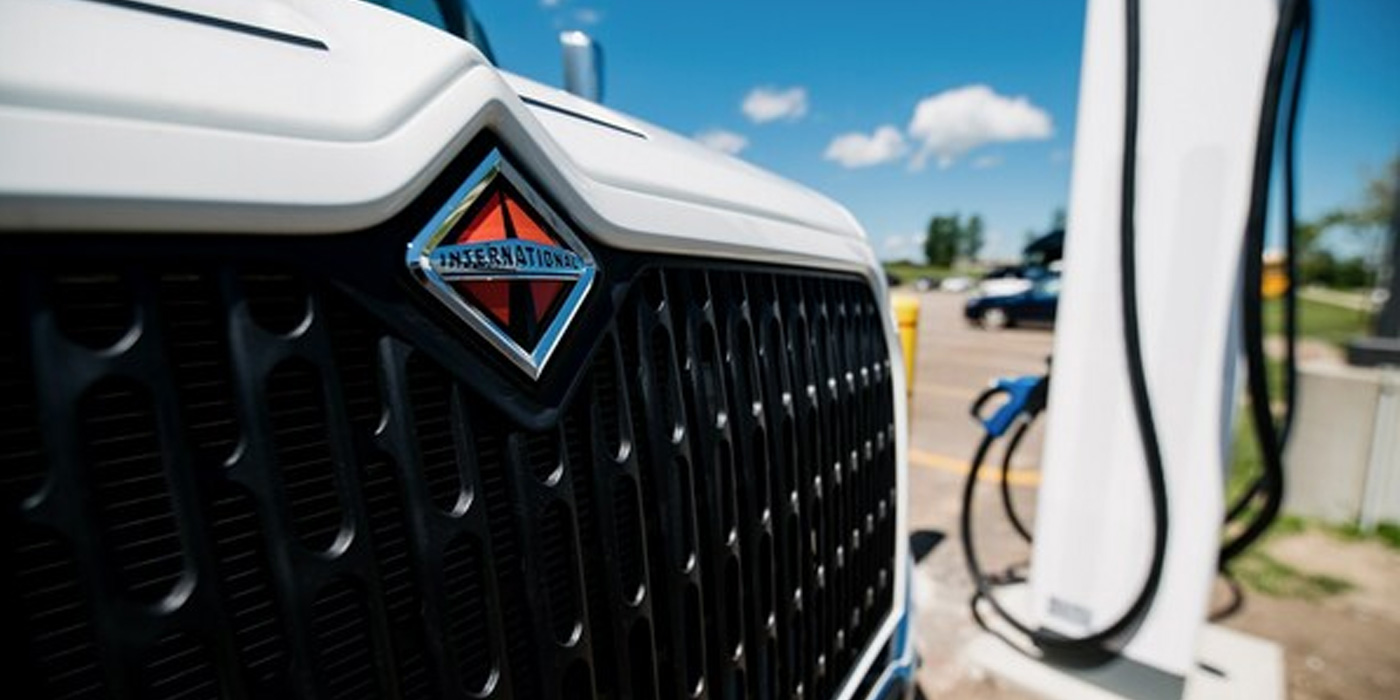On some 2001-’02 2.8L Passat models (ATQ engine code), a whistling/howling noise may be heard from the crankcase breather valve at idle. This problem may be caused by routing of the connection hose (rubber) between the breather valve and the intake manifold.
Service Procedure:
- Remove the upper engine covers exposing the intake manifold.
- Locate the intake manifold changeover valve.
-
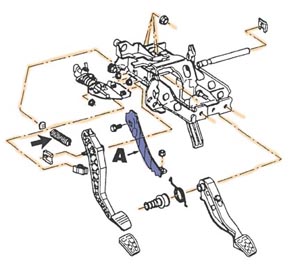 Remove the securing plate (Fig. 1 – 3) from the intake manifold. The changeover valve (Fig. 1 – 2) does not have to be removed from the securing plate. The bolt (Fig. 1 – 1) will be discarded.
Remove the securing plate (Fig. 1 – 3) from the intake manifold. The changeover valve (Fig. 1 – 2) does not have to be removed from the securing plate. The bolt (Fig. 1 – 1) will be discarded. - Set the assembly aside (do not remove the hoses).
- Remove the crankcase breather valve hose. Install P/N 078 103 221 AH (new breather valve hose assembly) with new clamps, P/N N 101 662 01.
- Install P/N N 905 516 02, (double hex head bolt) into the intake manifold where the discarded bolt was removed (See Fig. 1 – 1).
- The shoulder from the double hex head bolt effectively raises the securing plate to allow clearance for the new hose assembly.
- Reinstall the securing plate over the double hex head bolt.
- Install P/N N 015 082 5, shouldered hex nut over double hex head bolt. Securing plate fastener torque = 10 Nm.
- Reinstall remaining parts (engine covers, etc.).
Courtesy of ALLDATA.
For additional information, visit www.alldata.com.


